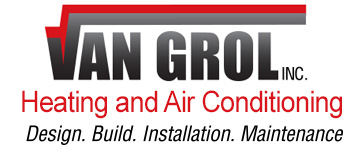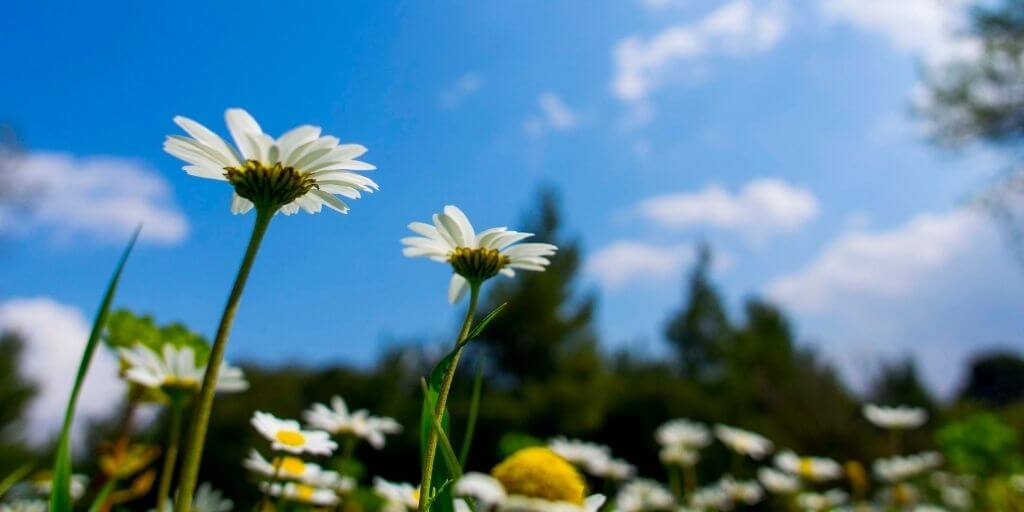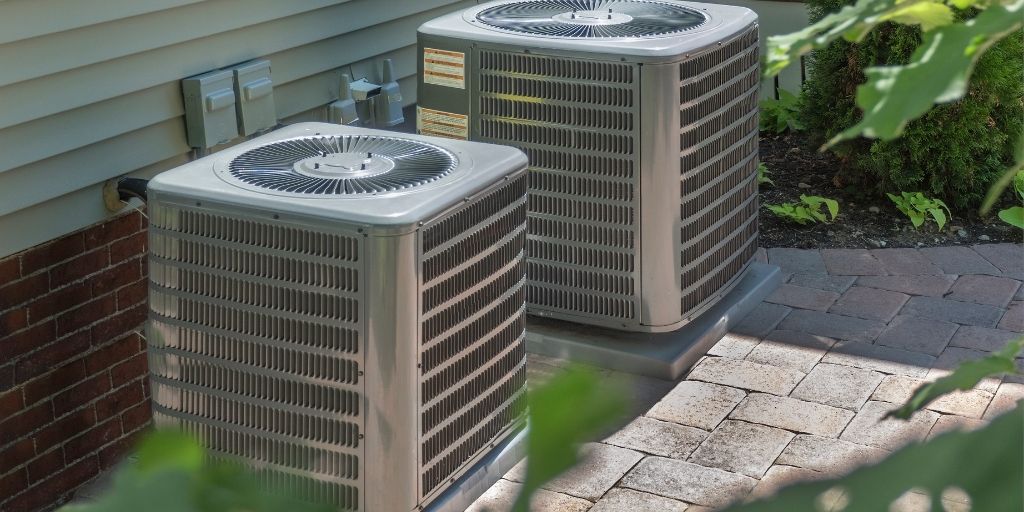Since the pandemic first forced people to spend more time at home, many have invested in products to filter the air they breathe indoors. Devices that monitor or improve indoor air quality, like air purifiers, have been flying off the shelves.
And it’s not just about Covid-19, which is primarily spread through airborne particles. If you live in an area with frequent wildfires, these devices can help filter out harmful smoke.
Now, after a spring and summer in which we could enjoy the outdoors, the cold weather months will soon force us indoors again — and indoor air quality is going to be on many people’s minds, especially as the delta variant rages on.
Those who live in small spaces like apartments and dorm rooms have to pay special attention to indoor air quality, according to Reza Ronaghi, MD, who specializes in interventional pulmonology at UCLA Health in Los Angeles. First of all, infectious diseases like Covid and the flu are more easily transmitted in a small, enclosed space, especially the more people there are in it. Secondly, people in a small, enclosed space are more likely to notice and be harmed by air pollution, like from smoke or noxious gases.
“The way to think about it is if a certain number of particles enter a large house and they have a larger space to spread out, the number of particles you inhale is lower,” Ronaghi said. “Whereas if you put that same number of particles in a small room or a small, enclosed space, the number of particles you inhale is greater.”
Many modern apartment buildings and dorms feature central cooling and heating systems, said John McKeon, CEO of Allergy Standards, a global organization that certifies safer products for people with asthma or allergies. This means residents don’t have much, if any, control over the air pumped through their vents or knowledge of where it’s coming from. McKeon said that, in these situations, people also don’t have control over how often filters are changed or ducts are cleaned, which means the air that arrives in their small space could be polluted, dry, humid or stale.
There are many products you can use to monitor and improve air quality in your small space. But before you buy, McKeon said, it’s important to decide what you need. Are you looking to filter pollutants out of the air or increase air circulation? That may mean you need an air purifier or fan. Or is your air too dry or too humid? That may call for a humidifier or dehumidifier.
We spoke to experts about how to monitor and improve air quality in small spaces, which products are useful and why. They shared specific features you may want to look for when buying items for your apartment or dorm
Buying air quality devices for small spaces
The first thing you have to take into consideration is space — or lack thereof. There’s not often room in small apartments for multiple devices or big, bulky models. And if your living and sleeping spaces blend into one another, you won’t want noisy machines or bright displays that will keep you up at night.
Experts told us there is no exact definition for a “small” space or a specific number of square feet that qualifies an apartment or dorm room, for example, as a small space. However, according to a 2014 report from the Urban Land Institute, a nonprofit organization that studies land use, the “working definition” of a microunit “is a small studio apartment, typically less than 350 square feet, with a fully functioning and accessibility compliant kitchen and bathroom” — although the minimum size for apartments varies depending on the city in which you live. Dorm rooms that share communal bathrooms and kitchens do not qualify as microunits under this definition, but they can range in size — in college, I lived in about a 300-square-foot room with a roommate and then by myself in an approximately 100-square-foot room.
Ronaghi suggested looking for products that serve multiple purposes. For example, some air purifiers come with built-in air quality monitors, and some fans also purify air. McKeon recommended buying devices that offer sleep modes or allow you to turn off display lights. He also noted that some air quality devices can be noisy — quieter purifiers can make a big difference in small spaces.
It’s important to note that the products experts recommended as worth considering are designed to be exclusively used indoors. While outdoor air quality can impact indoor air quality — for example, if you open a window and let smoky, polluted outdoor air inside — devices like air purifiers and dehumidifiers should only be used indoors.
How to monitor air quality in small spaces
Why do you even need a monitor for air quality at all? There often aren’t signs you can see or feel that indicate how good or bad the air is in your home, Ronaghi said.
“Even though it may look clear and you may not be able to smell something, it does not necessarily mean there’s good air quality,” he said. “We are talking about particles that are micromillimeters in size, and so most of these are not going to be visible and may not even be detected unless you have a device that actually measures air quality.”
(The micron is the standard unit for particle filtration you’ll see across feature listings for products like air purifiers. A micromillimeter is 0.0001 microns. The virus that causes Covid is about 0.1 microns.)
Source: https://www.nbcnews.com/select/shopping/improve-indoor-air-quality-small-spaces-ncna1281332






